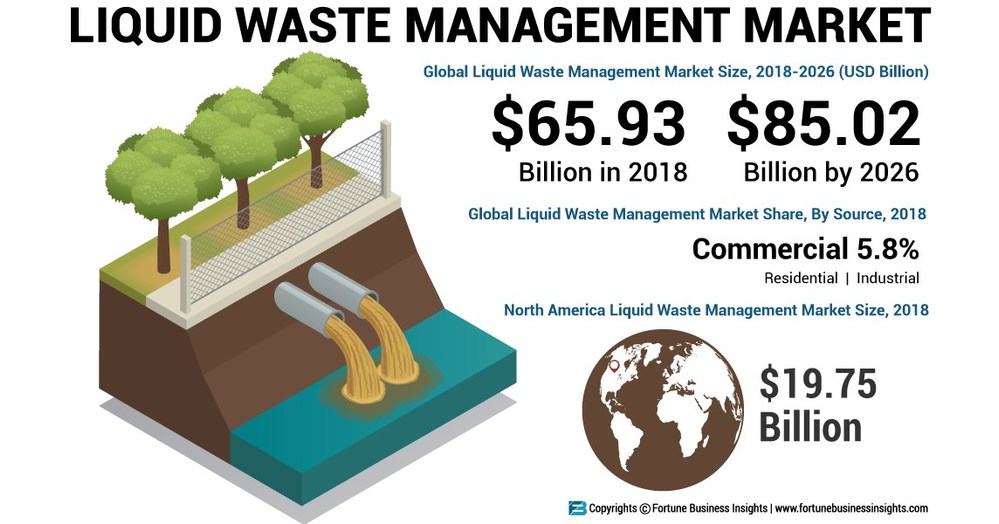Some Known Factual Statements About Reclaim Waste
Table of ContentsThe Main Principles Of Reclaim Waste A Biased View of Reclaim Waste10 Simple Techniques For Reclaim WasteReclaim Waste Things To Know Before You BuyOur Reclaim Waste Diaries
Residential sewage waste refers to the waste and items from a domestic septic container. The proper monitoring and disposal of domestic sewer waste require fluid waste to be moved to a sewage treatment plant where the proper techniques and tools are used to cleanse and dispose of waste.
Business waste typically includes possible hazards, such as combustible materials or a combination of liquid and strong waste products, and requires an advanced and thorough disposal process. The disposal of business waste usually entails the filtration of waste before transportation to make sure secure and proper disposal. Hazardous waste is produced from byproducts and drainage of industrial processes and production.
This type of waste can not make use of the very same sewer management transportation or processes as septic or industrial fluids. The commercial waste monitoring procedure calls for the inspection and testing of liquid waste before it undergoes the disposal process (liquid waste disposal). Drainage waste is the fluid waste that originates from overflow and excess stormwater in extremely inhabited areas or cities
Drainage waste can create contamination and flooding if not taken care of appropriately. Making sure appropriate waste management can protect against catastrophes and decrease environmental harm.
How Reclaim Waste can Save You Time, Stress, and Money.
Contact PROS Providers today to find out about our waste monitoring and disposal services and the correct means to take care of the fluid waste you create.
(https://slides.com/reclaimwaste1)Do you know what happens to your water when you disengage, flush the commode or drain pipes the washing equipment? No? Well, it's worth knowing. This supposed 'wastewater' is not only an important resource yet, after treatment, will certainly be launched to our land, waterways or the sea. Utilized water from toilets, showers, bathrooms, kitchen sinks, washings and commercial procedures is called wastewater.

water used to cool down equipment or clean plant and tools). Stormwater, a form of wastewater, is overflow that moves that site from agricultural and city areas such as roof coverings, parks, gardens, roads, courses and gutters into stormwater drains pipes, after rainfall. Stormwater flows unattended directly to regional creeks or rivers, at some point reaching the ocean.
Our Reclaim Waste PDFs
In Queensland, many wastewater is treated at sewage treatment plants. Wastewater is moved from residential or commercial websites with a system of sewage systems and pump terminals, called sewage reticulation, to a sewer therapy plant. Neighborhood federal governments construct, maintain and run most sewer therapy plants. Operators are accredited under the Environmental Management Act 1994 to release cured wastewater at an appropriate ecological requirement into waterways.
The Division of Natural Resources recommends regional governments regarding managing, operating and keeping sewage systems and treatment plants. In unsewered areas, city governments may need owners to set up individual or house sewer treatment systems to deal with domestic wastewater from commodes, kitchen areas, restrooms and laundries. The Department of Natural Resources authorizes using home systems when they are verified to be reliable.
The majority of stormwater obtains no therapy. In some new class, therapy of some stormwater to remove trash, sand and gravel has actually started making use of gross toxin traps. Wastewater therapy occurs in 4 stages: Removes solid matter. Larger solids, such as plastics and other things incorrectly released to sewers, are gotten rid of when wastewater is gone through screens.
Makes use of tiny living microorganisms understands as micro-organisms to damage down and remove staying liquified wastes and great particles. Micro-organisms and wastes are included in the sludge.
Fascination About Reclaim Waste
Nutrient elimination is not available at all sewage treatment plants due to the fact that it calls for pricey specialised tools. Clear liquid effluent generated after treatment might still consist of disease-causing micro-organisms - liquid waste disposal melbourne.

Many wastewater moves right into the sewage system. Under the Act, local governments carry out authorizations and permits for ecologically appropriate tasks (Ages) involving wastewater launches that could have a regional impact.
4 Simple Techniques For Reclaim Waste
Surveillance provides factual info regarding water top quality and can confirm that licence conditions are being satisfied. The details gotten through tracking supplies the basis for making water high quality decisions.